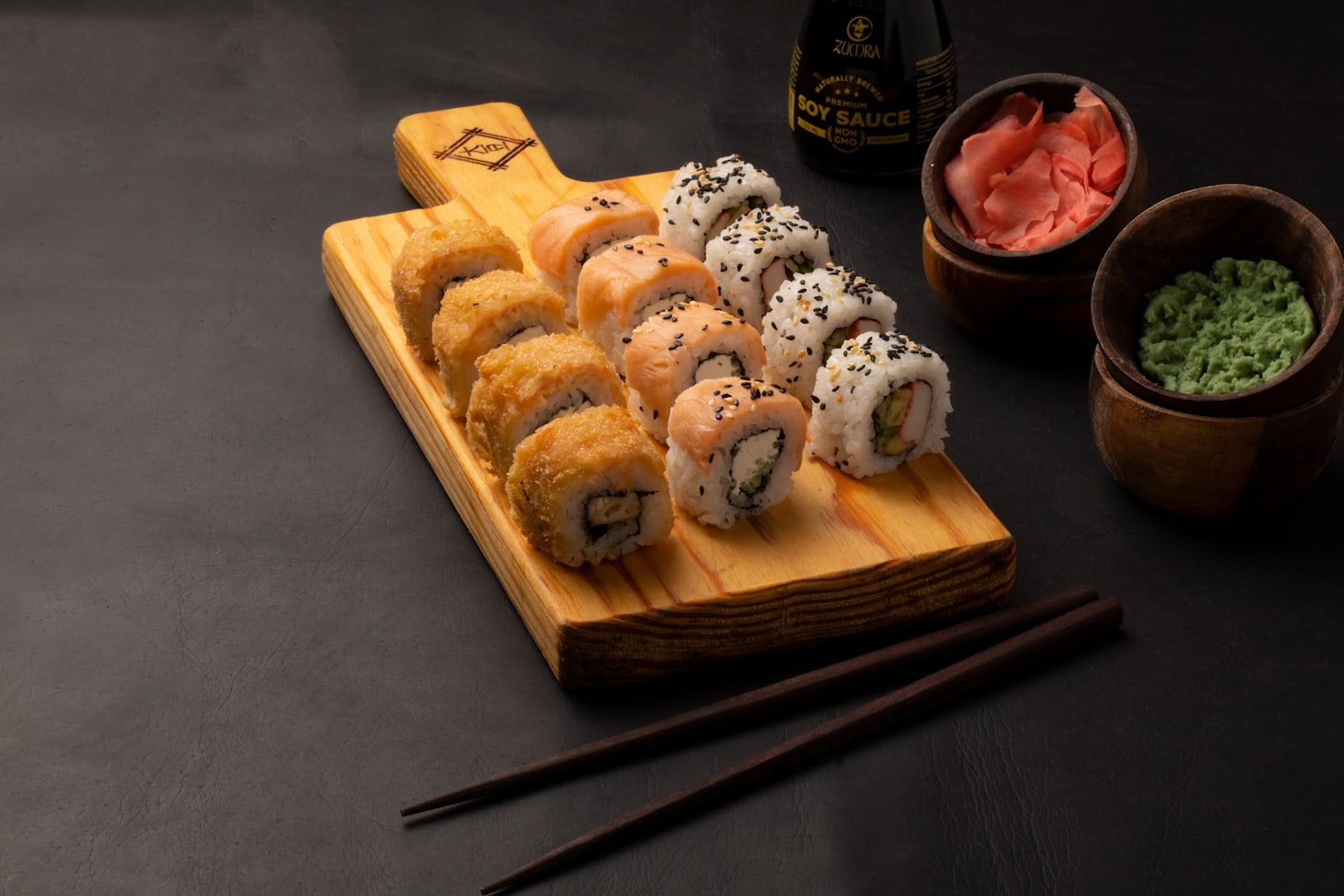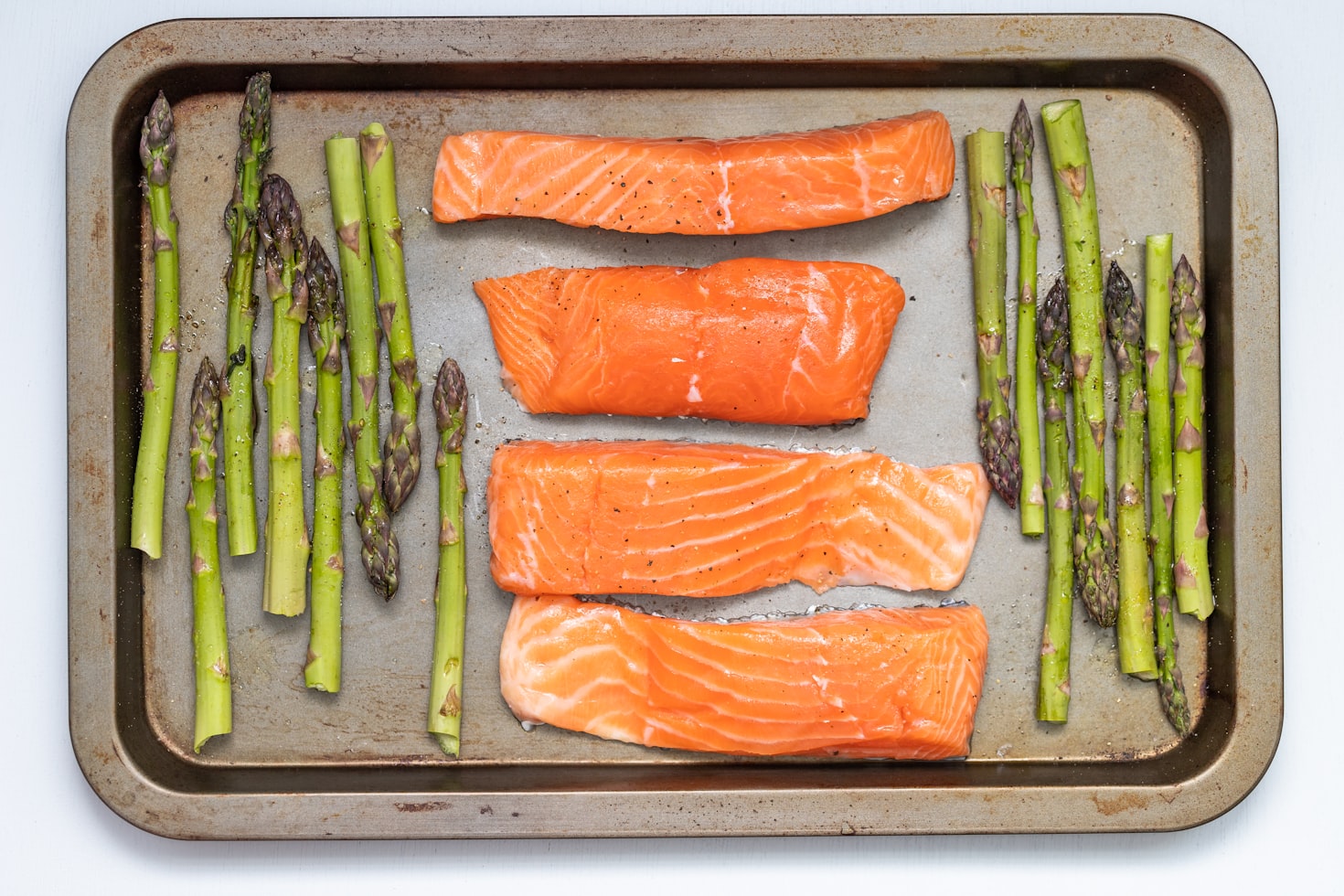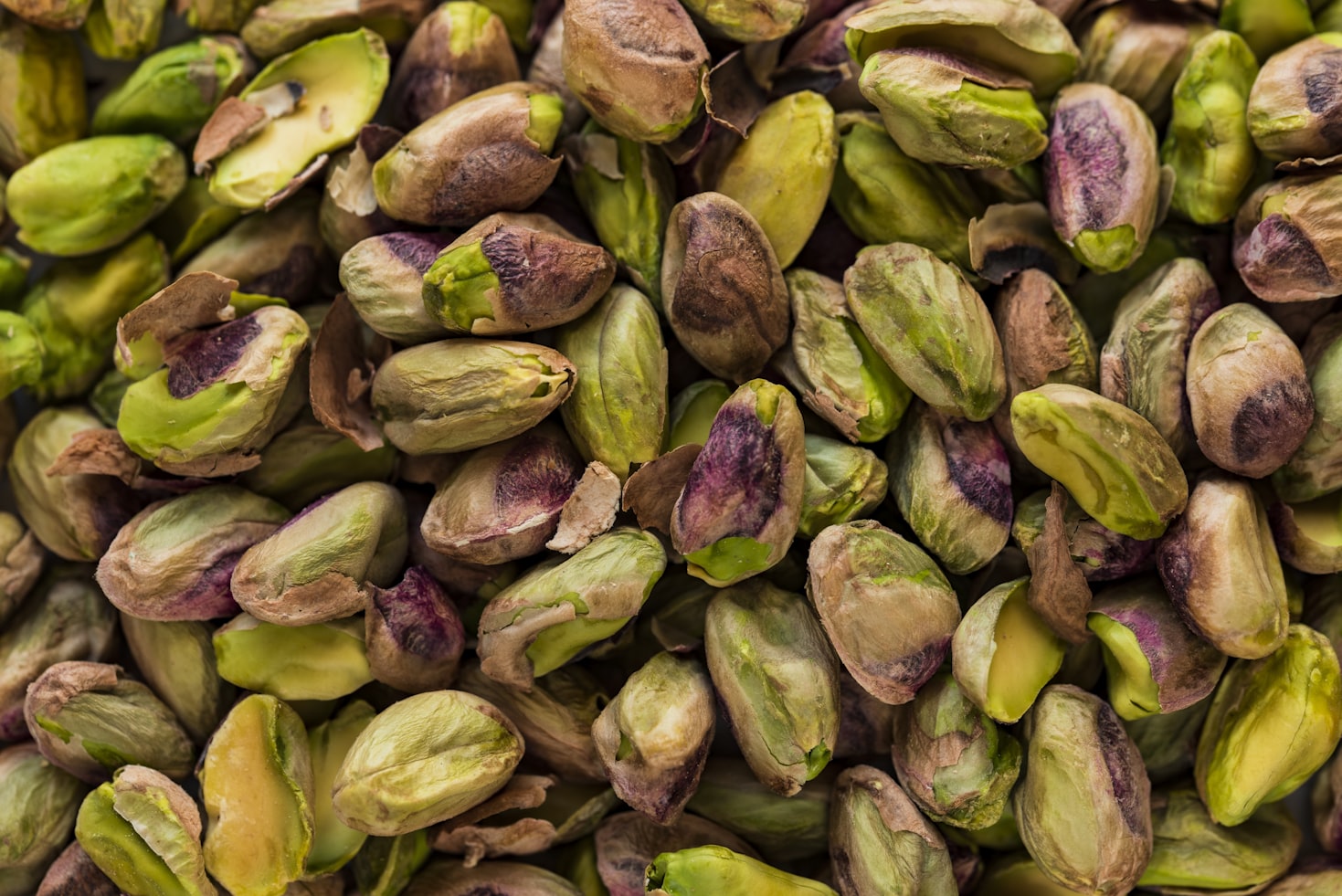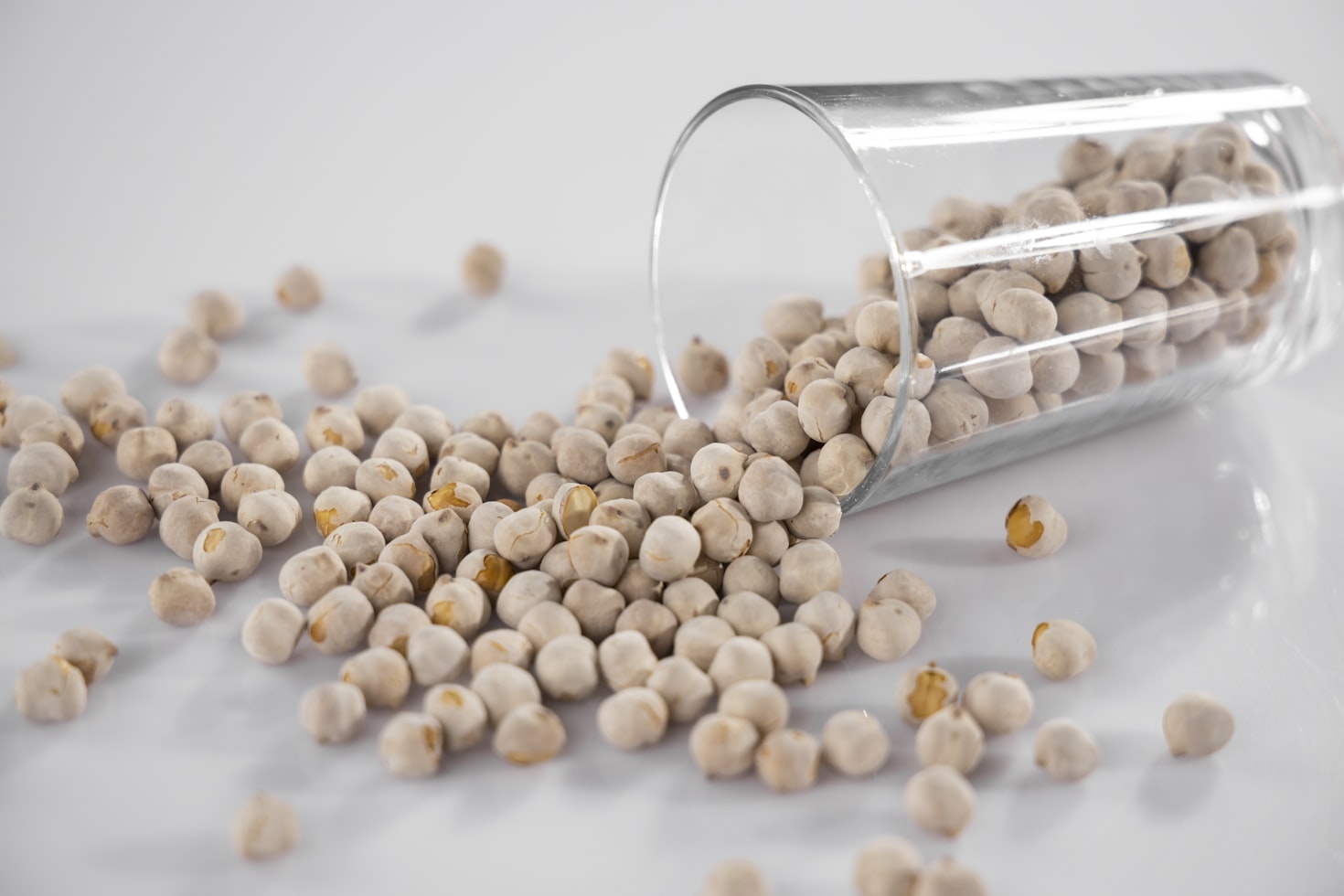Is Sushi Keto Friendly?
Sushi is a popular Japanese dish that has gained immense popularity worldwide. It typically consists of vinegared rice, various types of seafood, and vegetables, all wrapped in seaweed. However, for individuals following a ketogenic diet, which is low in carbohydrates and high in fat, the question arises: is sushi keto friendly? In this article, we will explore the components of sushi, their nutritional values, and how they fit into a keto diet.
The Components of Sushi
Sushi is a versatile dish that can be customized to suit different tastes and dietary preferences. The main components of sushi include:
- Rice: The base of most sushi rolls is rice, which is high in carbohydrates. Traditional sushi rice is seasoned with vinegar, sugar, and salt, further increasing its carbohydrate content.
- Seafood: Sushi often features a variety of seafood, such as tuna, salmon, shrimp, and crab. These seafood options are generally low in carbohydrates and high in protein and healthy fats.
- Vegetables: Sushi rolls can also include vegetables like cucumber, avocado, and carrots. These vegetables provide essential vitamins and minerals while adding a crunchy texture to the rolls.
- Seaweed: Seaweed, commonly known as nori, is used to wrap sushi rolls. It is low in calories and carbohydrates, making it a suitable option for those following a keto diet.
The Nutritional Values of Sushi
Understanding the nutritional values of sushi components is crucial in determining its compatibility with a keto diet. Let’s take a closer look at the macronutrient breakdown of the main sushi ingredients:
- Rice: Sushi rice is high in carbohydrates, with approximately 45 grams of carbs per 100 grams. This high carb content makes it challenging to fit sushi rice into a keto diet.
- Seafood: Seafood used in sushi, such as tuna and salmon, is low in carbohydrates and rich in protein and healthy fats. For example, a 100-gram serving of raw tuna contains zero carbs, 23 grams of protein, and 6 grams of fat.
- Vegetables: Vegetables like cucumber and avocado are low in carbohydrates and high in fiber, making them suitable for a keto diet. For instance, a 100-gram serving of avocado contains only 2 grams of net carbs.
- Seaweed: Seaweed used in sushi rolls is low in calories and carbohydrates. A sheet of nori typically contains less than 1 gram of net carbs.
Sushi Variations for a Keto Diet
While traditional sushi rolls may not be keto friendly due to their high rice content, there are several sushi variations that can be enjoyed while following a ketogenic diet. Here are some keto-friendly sushi options:
- Sashimi: Sashimi is a Japanese dish that consists of thinly sliced raw fish or seafood. It is an excellent choice for those on a keto diet as it eliminates the rice component entirely.
- Naruto Rolls: Naruto rolls, also known as cucumber rolls, replace the rice with thinly sliced cucumber. These rolls are low in carbs and provide a refreshing crunch.
- Seaweed-wrapped rolls: Instead of using rice, you can wrap your sushi fillings in seaweed sheets, creating a low-carb alternative. This option allows you to enjoy the flavors of sushi without the excess carbs.
Frequently Asked Questions (FAQ)
1. Can I eat sushi on a keto diet?
While traditional sushi rolls are high in carbohydrates due to the rice, there are keto-friendly sushi options available. Sashimi, naruto rolls, and seaweed-wrapped rolls are excellent choices for those following a keto diet.
2. How can I reduce the carb content of sushi?
To reduce the carb content of sushi, you can opt for sushi variations that eliminate or replace the rice component. Choosing sashimi or cucumber rolls instead of traditional sushi rolls can significantly reduce the carb content.
3. Is sushi rice the only high-carb component in sushi?
While sushi rice is the primary high-carb component in sushi, some sauces and toppings used in sushi rolls may also contain added sugars and carbohydrates. It is essential to be mindful of these additional ingredients when choosing sushi options.
4. Can I enjoy sushi occasionally on a keto diet?
Enjoying sushi occasionally on a keto diet is possible by making smart choices. Opt for sushi variations that are low in carbs, such as sashimi or seaweed-wrapped rolls, and be mindful of portion sizes.
5. Can I include soy sauce in my keto sushi?
Soy sauce is commonly used as a dipping sauce for sushi. While it adds flavor, it is important to note that soy sauce contains a significant amount of sodium and may also contain added sugars. Look for low-sodium soy sauce options or use it sparingly.
6. Can I eat sushi while on a keto diet and still maintain ketosis?
With careful selection and portion control, it is possible to enjoy sushi while on a keto diet and still maintain ketosis. However, it is crucial to be mindful of the carb content and choose sushi options that fit within your daily carbohydrate limit.
Summary
Sushi can be enjoyed on a keto diet by making smart choices and opting for low-carb variations. While traditional sushi rolls with rice may not be suitable for a keto diet, options like sashimi, naruto rolls, and seaweed-wrapped rolls provide delicious alternatives. By being mindful of the nutritional values and portion sizes, individuals following a keto diet can still indulge in the flavors of sushi while maintaining their ketosis state.




